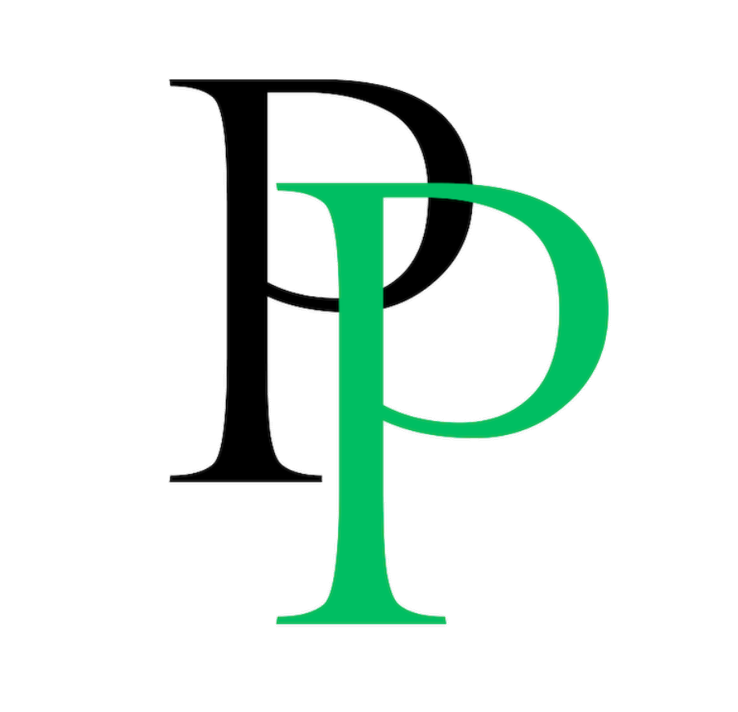In our last discussion, we focused on distractions and how items we think are useful (pens, laser pointers, etc.) can actually be detrimental to our presentation. There is still one set of tools we did not discuss, a tool that can make or break even the most solid line of communication: our hands.
The sample case
I was having dinner with my wife the other night and she’d asked me how my day was. Happy to answer, I started to explain a project I’d been working on: modeling the motion of one object relative to a second object. In the midst of my excitement, I began to explain the movement of the two objects using my hands…but as the explanation grew, so did her confusion.
Needless to say, I was confused by her confusion. Through the years, my wife and I have formed an open and clear line of communication; we interpret each other’s micro-expressions and we understand the nuances of each other’s vocabulary. So how could a simple dinner conversation become so muddled?
In retrospect, I realize the problem was the use of my hands. The perfectly clear image of the two objects (represented by the tips of my fingers) was seen, by her, as a blur of movement of two forearms, wrists, and hands, all whirling around each other. The one part of my hands that I’d been paying the most attention to (my fingertips), was something she had not even noticed!
The big picture
Hands have always been an important part of human communication. In this article’s image, a businessman is giving a “thumbs up” signal with his left hand — a nonverbal indication that something is going well. However, if the same man were to open his hand, extend his fingers, and point his palm towards me, I know he wants me to “stop”. In one fluid motion, one hand has conveyed two significantly different messages. In the extreme case, sign language represents an entire nonverbal language with over 300 dialects worldwide.
It’s no wonder, then, that the placement of your hands during your presentation sends such a powerful message. For instance, placing your hands in your pockets is a sign of relaxation, while placing your hands on your head can portray exasperation, boredom, or an effort to think through a difficult problem. Similarly, reaching out to your audience shows a nonverbal plea to connect with them, to draw them into the conversation with you.
The fact is that nonverbal communication often speaks louder than the words you say; if someone where to flip you off while saying “thank you”, you’d likely take the overall message as negative rather than paying attention to the words they say. For this reason, great attention should to be paid to your hands during your presentation, and great care should be given to the message they convey.
Furthermore, practice your hand movements when you practice your presentation. It may be easy to simply sit in your computer chair and recite words as you go through your slide deck, but this isn’t the environment you’ll be working in when you present. While you practice, pay attention to the message your hands are sending. Use them sparingly, use them efficiently, and use them to boost your impact.
Conclusion
As humans, nonverbal communication is engrained in our lifestyle. We use it when we don’t mean to (crossing our arms in a long check-out line, for example), and we interpret the body language of others without effort (“Wow, that woman in the check-out line behind me is not happy.“). Whether we mean to or not, we’re constantly providing nonverbal cues as to the state of our mind, our emotions, and our wellbeing. It can convey messages of discomfort, or it can display confidence and draw an audience into our conversations.
You have the power to make an impact, and Present Proper can help get you there. Unsure of the message your body is sending during your talks? Contact us today to set up a free consultation to discuss improvements you’d like to make in your presentation habits. If you find these tips helpful or you’d like to see specific content, please Subscribe to receive regular updates delivered to your inbox!
Present clearly. Present concisely. Present Proper.

